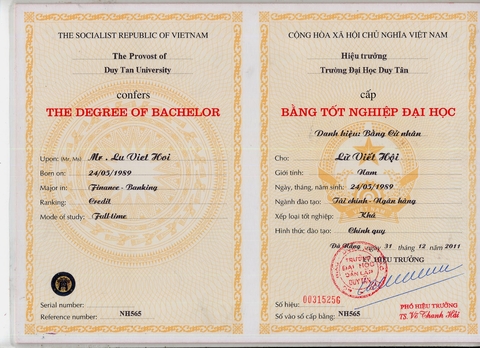
LOOK OVER YOUR FORMATTING:
Your dissertation’s formatting is just as important as its actual content. Make sure your paragraphs are correctly spaced out, and that you are employing headings and subheadings as necessary. Additionally, ensure that your font is right
VERIFY CONSISTENCY:
You should make sure that the terminology and style of speech used throughout your dissertation are consistent. There might have been some inconsistencies if you wrote your dissertation over the course of several months. Make sure your dissertation is written consistently with regard to capitalization, citation style, and hyphenation.
TAKE BREAKS AND PROOFREAD SLOWLY:
You should avoid proofreading your entire dissertation at once because you can get distracted or bored. Your focus may wander, and you run the risk of missing minute, subtle errors.
Instead, consider segmenting your dissertation and proofreading it little by little. You may find it easier to concentrate if you do this. So, take a rest occasionally because You’ll start to lose attention if you keep gazing at the dissertation, and proofreading will take twice as long.
USE WORD FUNCTIONS:
One of the most widely used programs for writing any form of document in Microsoft Word. It’s excellent for writing, but it may also be used for editing and proofreading. To find your faults, change the language to English US or English UK and select the spelling and grammar option. Additionally, you may use the search function to hunt for errors that are comparable to those you have already identified.
READ OUT LOUD:
You’ll be able to identify the areas in your sentences where they need to be modified by reading them aloud. By doing so, you can also see more significant errors like those in the way your work is organized as well as more simple ones like grammatical and spelling errors. This is a straightforward method for cutting down on errors in your dissertation.
PROOFREAD WITH A PRINTOUT:
The old-fashioned method of proofreading is still a fantastic option. Print out your dissertation and highlight each error you notice using a different color to indicate what kind of error it is. it is much easier to spot problems on paper than on a screen and therefore, your proofreading process will be easier and more entertaining with all the colors you can use
VERIFY YOUR IN-TEXT CITATIONS AND REFERENCES:
Every MA or Ph.D. student is required to follow specific reference requirements; thus it is important to ensure you followed them correctly. our paper will be evaluated by your marking professor or supervisor taking into account the referencing style and in-text citations. Review the relevant style manual for your college or university to ensure that you edit and proofread your papers properly. If you’re hesitant, speak with your supervisor or seek guidance from dissertation editor Dubai on where to find a trustworthy source.
GET SOMEONE ELSE TO PROOFREAD IT:
It is usually advantageous to get the assistance of a second qualified set of eyes to guide you through the editing and proofreading process. A new reader will offer a different viewpoint and frequently be able to spot errors that you, the author, who already knows what you want to express, cannot. A fellow student who works in your field of study, ideally in a related one, can be of great assistance, and you can return the favor when they need a proofreader. though, if your language abilities are weak or you lack the time or motivation to examine every last detail, consider taking help from dissertation editor Dubai.
CONCLUSION:
Dissertations usually contain complex information that requires careful presentation and explanation, as well as a lot of challenging data. The student’s work must be crystal clear and free of all grammatical, spelling, and punctuation issues. Every detail must be perfect. The material as a whole must be carefully organized. As a result, it is important to proofread every page, section, and component.



